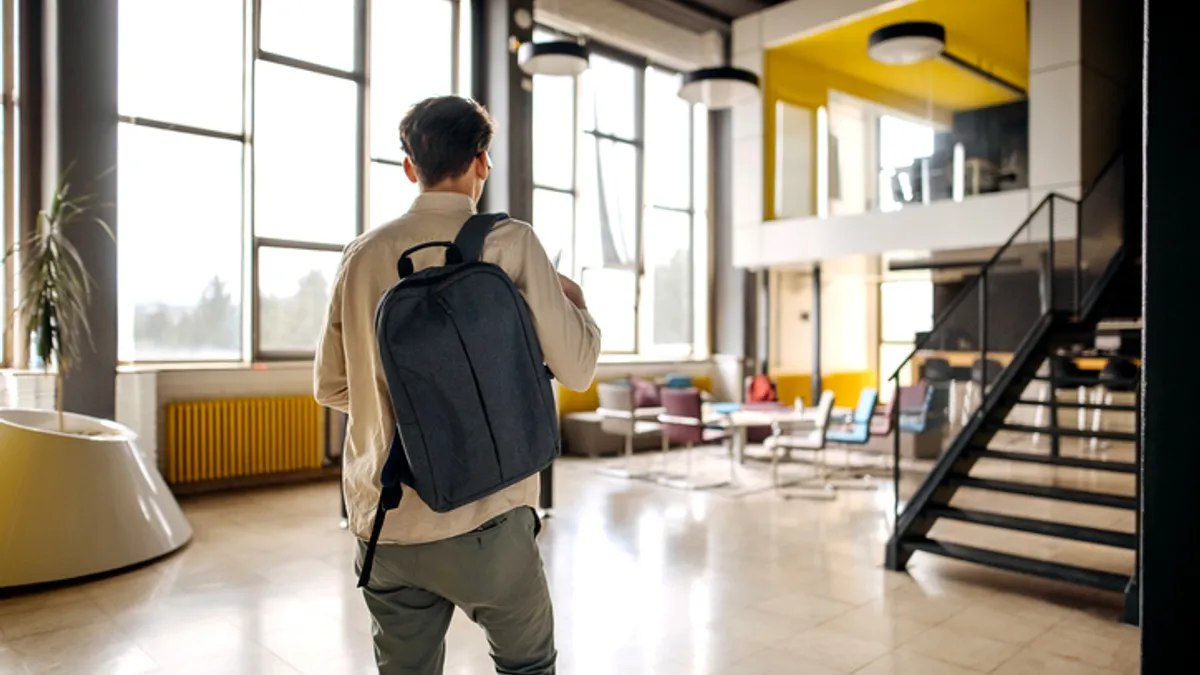Dive Brief:
- Como Park Zoo & Conservatory, the largest city-owned energy user in St. Paul, Minnesota, is partnering with Honeywell’s building automation division to advance efforts on an energy efficiency project expected to reduce the city’s energy and operational costs by up to $1.8 million over the next three years,
- The project will involve outfitting the zoo’s Primates, Polar Bear and Administration buildings with new geothermal heat pump systems for domestic water heating and space heating, also adding high-efficiency chilled water cooling equipment and backup emergency generators, the zoo said.
- The $16 million project will qualify for a $4.3 million geothermal investment tax credit through the Inflation Reduction Act and “a range of utility rebates from Xcel Energy for [these] energy efficiency measures,” said Cecilia Govrik, energy coordinator for the city of St. Paul.
Dive Insight:
The Como Park Zoo & Conservatory spends more than $1 million annually on energy use, according to its news release. Energy consumed by the zoo campus “represents approximately 25% of the energy use and associated scope 1 [and] 2 operational emissions from city-owned [and] city-operated properties,” Govrik said.
The Primates, Polar Bears and Administration buildings account for an estimated 28% of gas use for the central steam boiler system that currently supplies low-pressure steam to the zoo campus, she added. The geothermal heat pumps being deployed in the Primates and Polar Bear buildings will replace that aging central low-pressure steam plant, according to the release.
From November through fall 2025, crews will retrofit each building with a two-well groundwater-based geothermal system to supply chilled and hot water for space heating in the buildings, while a dedicated geothermal system supplies domestic hot water, Govrik said.
The project’s scope also includes LED lighting upgrades, building management system deployments and mechanical system updates to effectively manage on-site energy use across the zoo’s campus, according to the news release. The city expects to complete LED lighting upgrades at 10 buildings by the end of November and roll out building automation and control systems next spring and summer, Govrik said.
Seven buildings have already completed building envelope and mechanical insulation improvements, as of October, she added.
All told, the upgrades are expected to reduce annual operating costs and energy costs by approximately $550,000 and roughly $50,000, though the exact cost savings and avoided carbon emissions won’t be known until the project is finished, Govrik said.
The Como Park Zoo & Conservatory project is funded by a mix of federal spending, state bonds and city sales taxes, according to the news release. St. Paul voters last year approved the city’s proposed Common Cent levy, a one-cent sales tax increase expected to raise about $1 billion over 20 years, according to the city. Over that period, approximately $246 million in Common Cent revenue would be allocated for parks and recreation facilities improvements, the city says.
Earlier this year, New York City’s Bronx Zoo completed a major overhaul of a 35-year-old, gas-fired cogeneration plant that supplies electricity and hot water for space heating to large parts of its 265-acre campus. The $17 million project involved adding a new energy management system at the plant while swapping out aging pumps, waste heat recovery units, fluid coolers and controls, according to the New York City Department of Citywide Administrative Services.
Closer to the Como Park Zoo, Minneapolis-St. Paul International Airport broke ground in August on a $263 million terminal expansion project that includes a groundwater-based geothermal system expected to reduce HVAC energy use by 8.9%.
The geothermal systems at the airport and Como Park Zoo are designed by Minnesota-based Darcy Solutions, whose designs use fewer wells than traditional ground-source heat pump systems.













